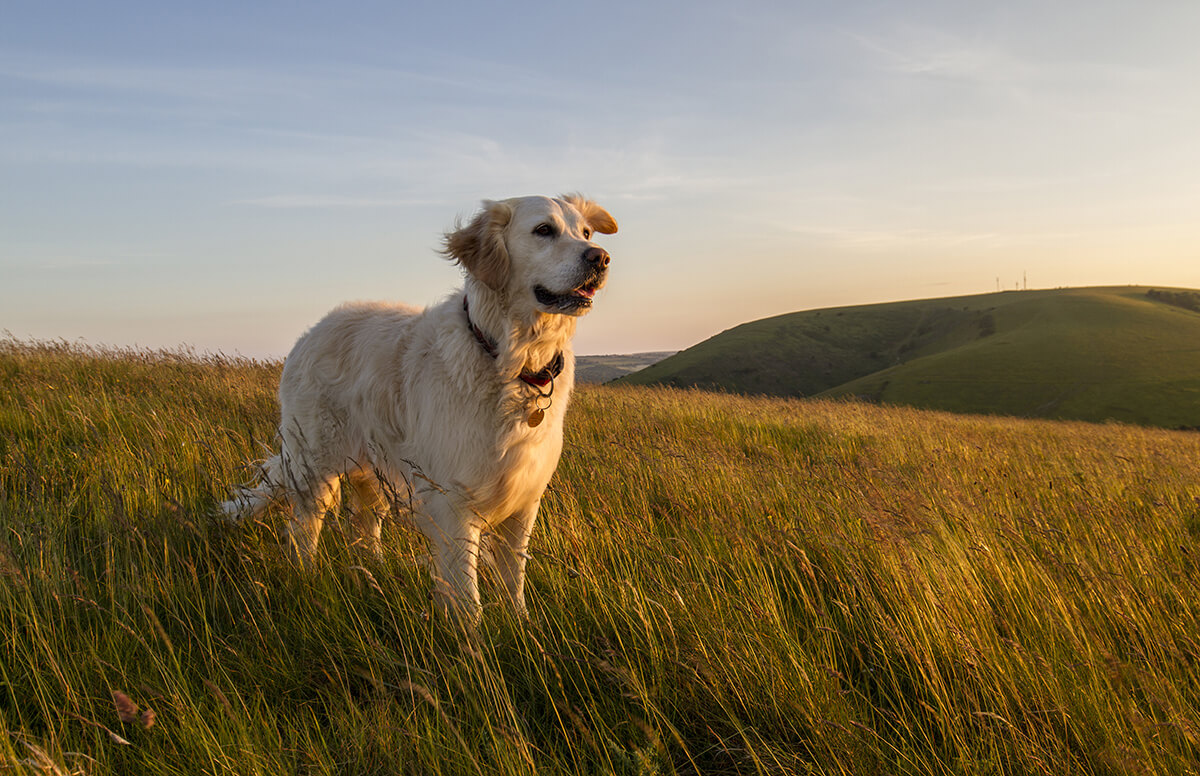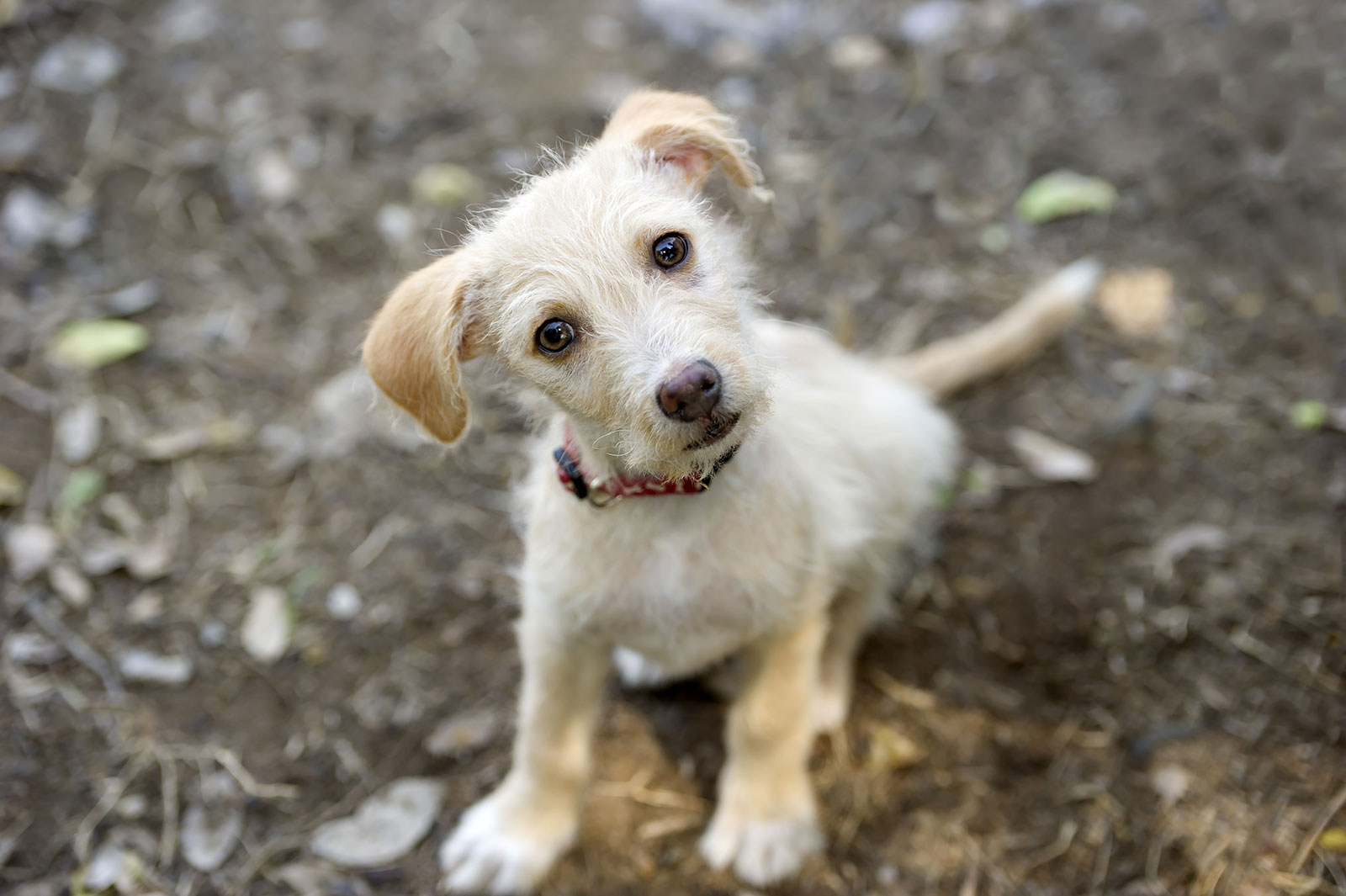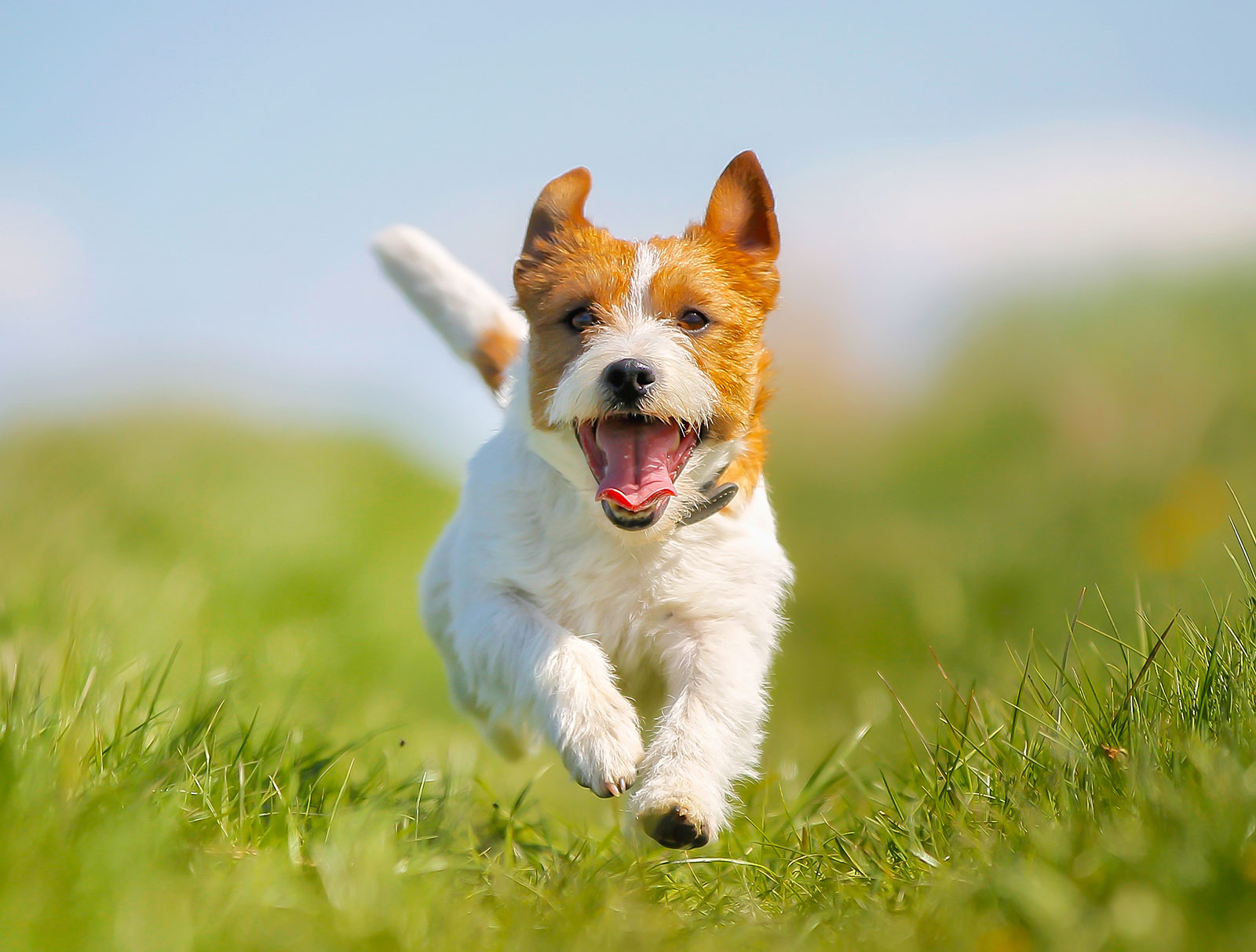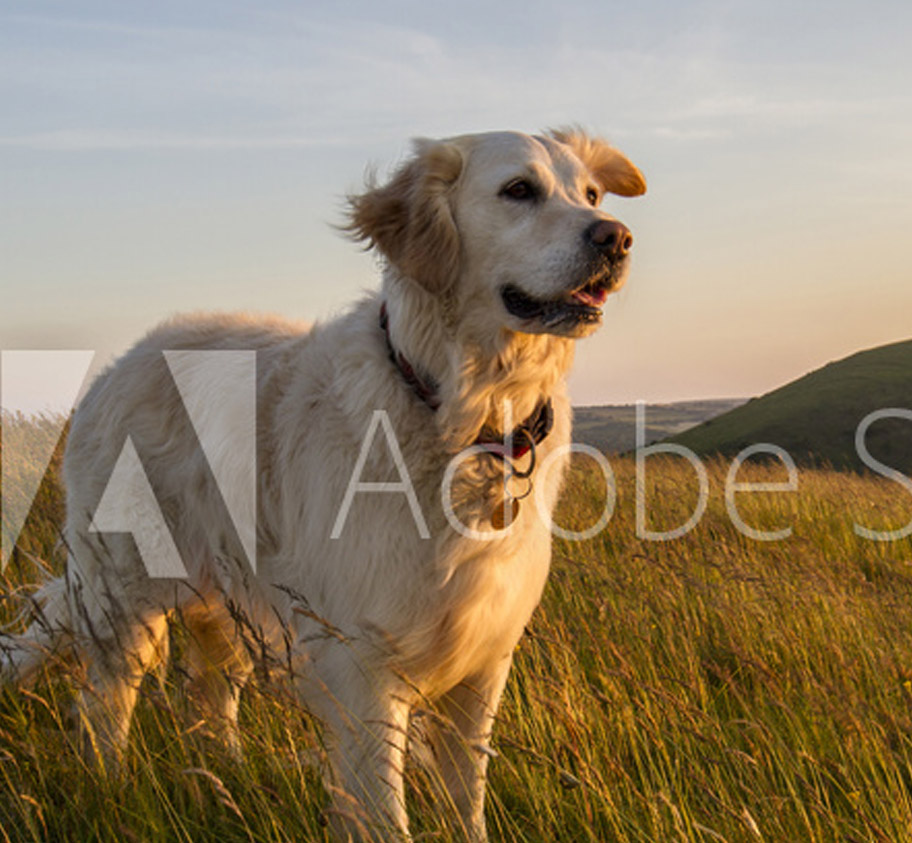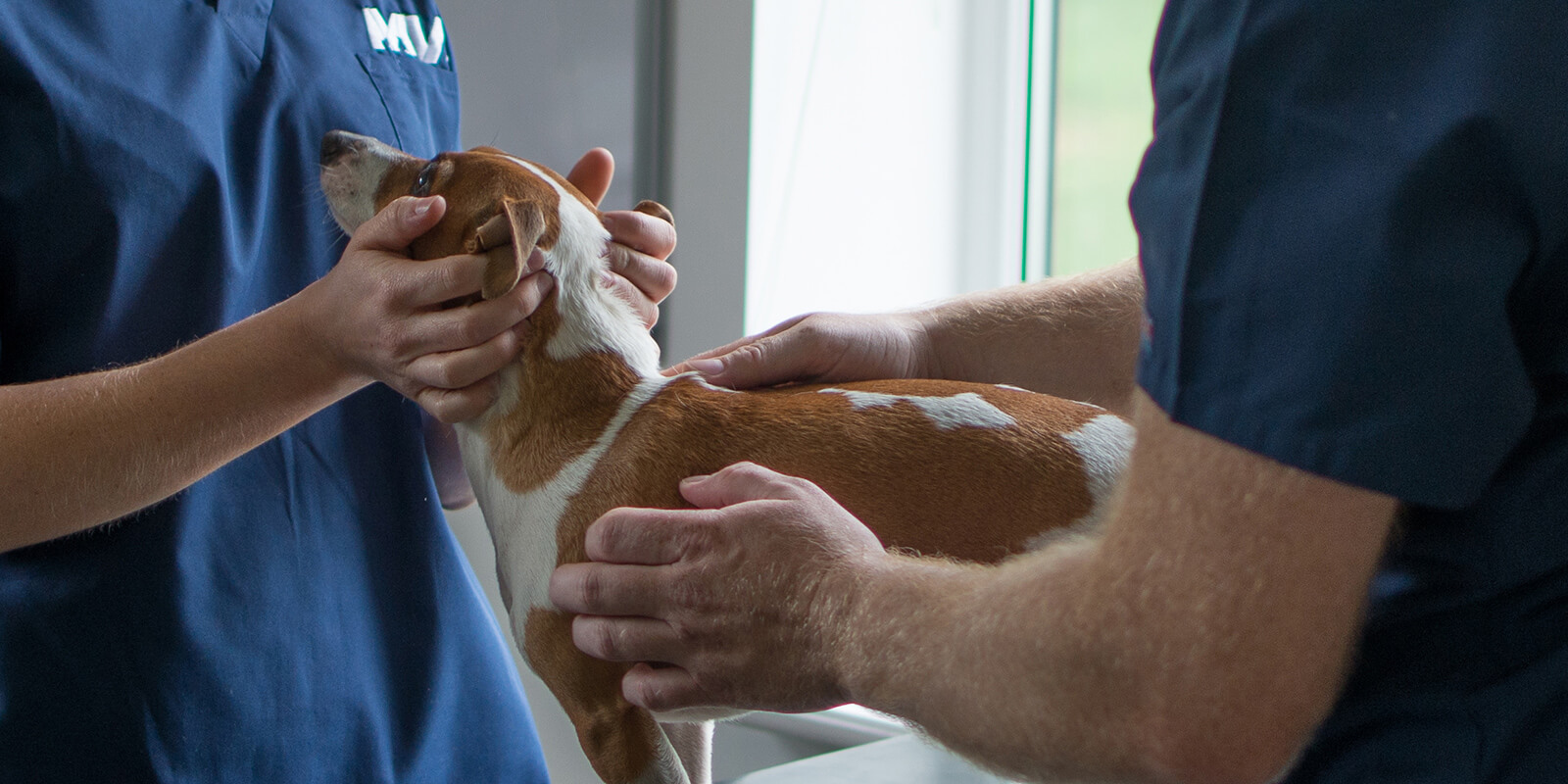
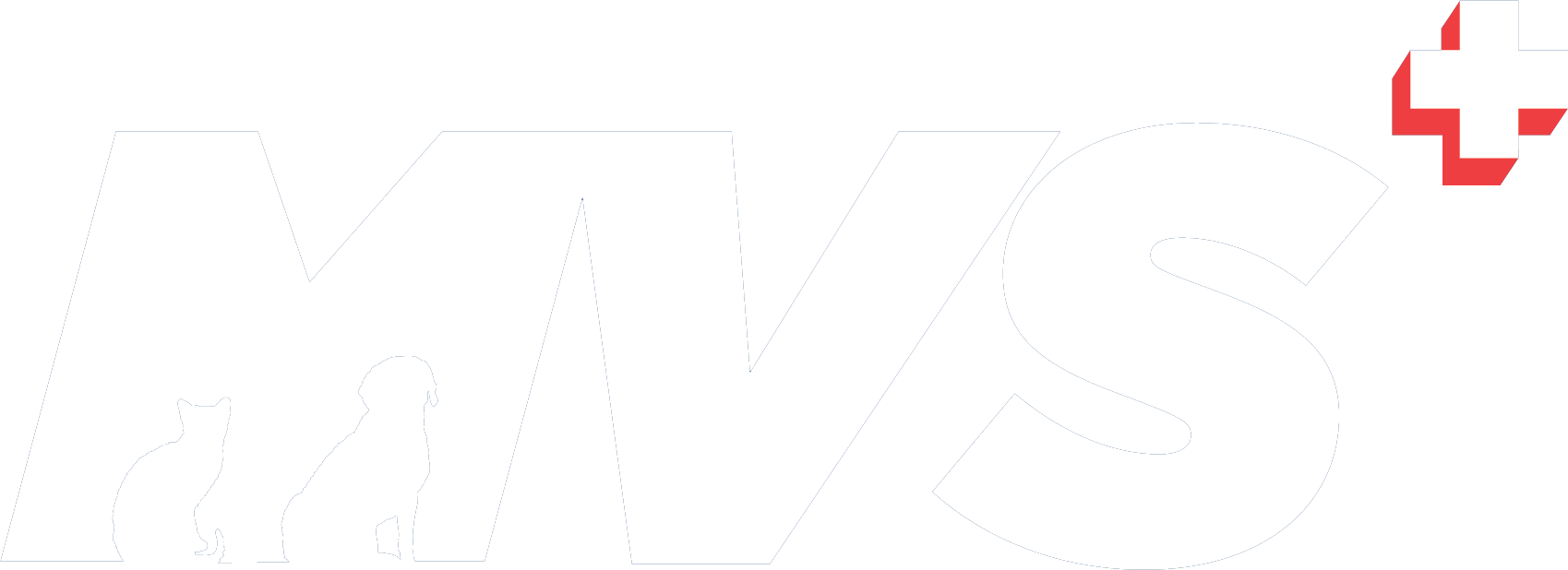 Menu
Menu
Articular Fractures
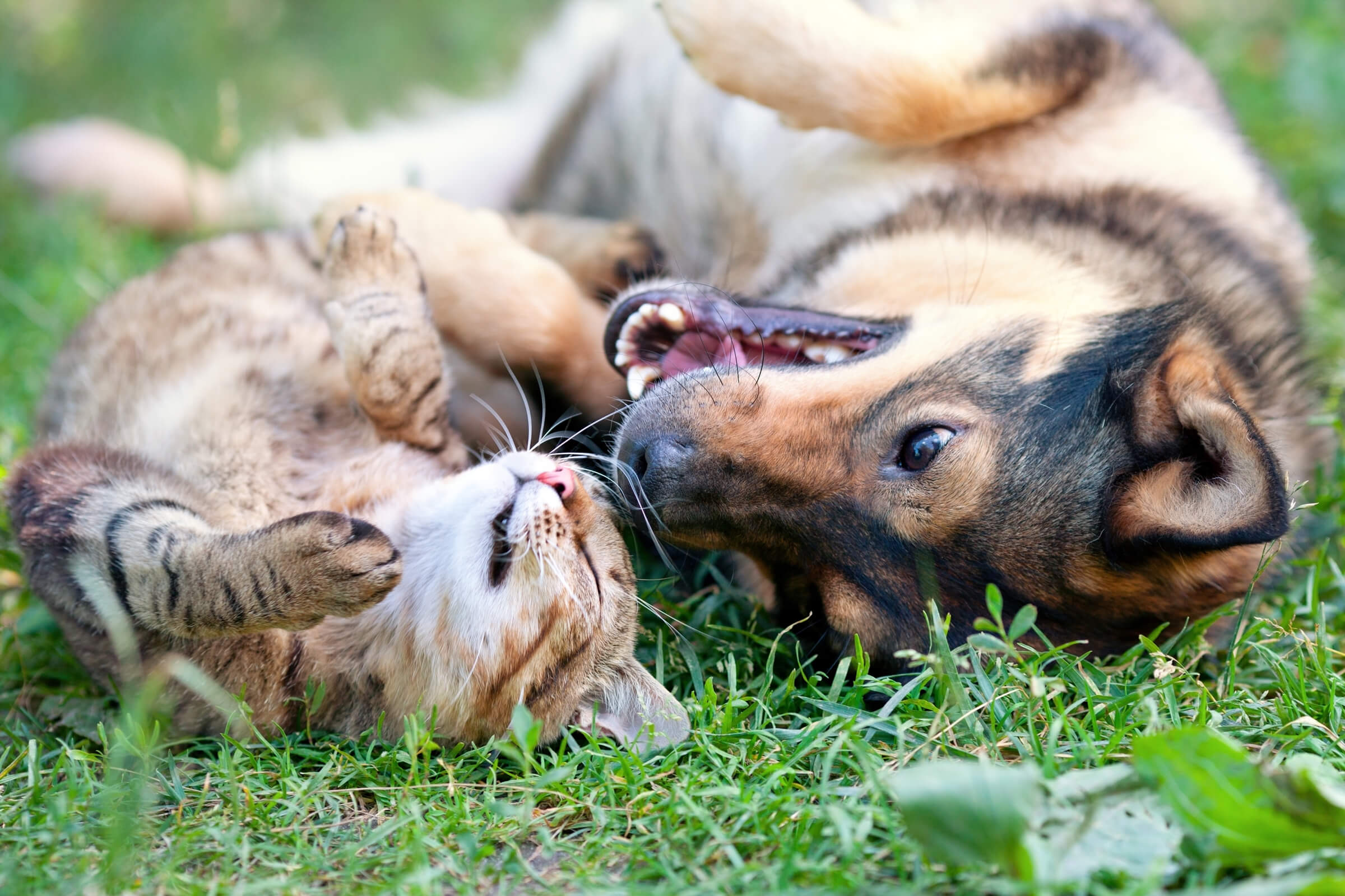
What is Articular Fractures?
Articular fractures are those which involve the joint surface of the bone. The tarsus is made up of seven bones and four major joints. Therefore there is potential for articular fractures to occur at a variety of locations. These may affect the articular portion of the talus, the central tarsal bone or the second/third/fourth tarsal bone. Articular fractures may have various configurations or forms such as chip or slab fractures:
- Chip fracture: A small bony fragment separated from the main body of bone. This usually occurs near the joint surface of the bone.
- Slab fracture: A fracture extending from one joint surface to another, effectively cutting a ‘slice’ or slab off the bone.
Cause
In racing greyhounds, fracture of the right central tarsal bone is a relatively common injury and is associated with the immense force conducted through the limb near the outside of the running track during a race. Fracture of other tarsal bones may also be as a result of high intensity work or may be subsequent to trauma.
Signs
Dogs generally present with non-weight bearing hind limb lameness and possible swelling of the surrounding tissue.
Diagnosis
Fractures are confirmed with radiographs. Due to the complex nature of the joint, specialised oblique views may be required to visualise small fracture fragments. The use of advanced imaging such as CT can also improve our understanding of these complex fractures.
Treatment
So as not to cause long term damage to the joint, articular fractures must be repaired with as close to perfect accuracy as possible. Rigid fixation, compression and accurate reduction are required to achieve normal anatomical alignment and allow primary bone healing. For this reason, surgical repair is recommended.
Surgical Repair
Depending on the fracture configuration, fragment size and location, surgical technique may vary. Often lag (compression) screws are used for this type of injury due to the ability to provide accurate fracture reduction.
Stay in touch
Follow us on social media and keep up to date with all the latest news from the MVS clinic.
